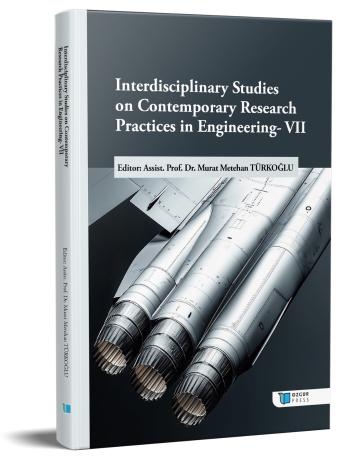
Bridgman Yöntemi İle Katılaştırılmış Al-Cu-Si Ötektik Alaşımlarının Karakterizasyonu
Şu kitabın bölümü:
Türkoğlu,
M.
M.
(ed.)
2024.
21. Yüzyılda Mühendislikte Çağdaş Araştırma Uygulamaları Üzerine Disiplinler Arası Çalışmalar- VII.
Özet
Alüminyum şekillendirme kolaylığı, korozyona ve çevresel etkilere karşı direnci ve yüksek mukavemet/ağırlık oranı nedeniyle gıda endüstrisinden elektrik ve elektronik endüstrisine, otomotiv ve havacılık endüstrilerinden inşaat uygulamalarına kadar birçok sektörde yaygın olarak kullanılmaktadır. Çok bileşenli alüminyum alaşımlarının fiziksel özellikleri; kimyasal bileşime, yani alaşım elementlerine ve alaşım elementlerinin oranına bağlı olarak değişir. Alüminyum esaslı döküm alaşımlarında kullanılan ana alaşım elementleri silikon, bakır ve magnezyum olup, demir ve çinko artık elementler olarak kullanılır. Al-Si-Cu, güç aktarma organları ve şanzımanlarda büyük kullanım oranına sahiptir. Bu çalışmada, Al-26.5Cu-6Si (% ağırlıkça) üçlü ötektik alaşımının fiziksel özellikleri doğrusal katılaştırma yöntemi ile ilişkili olarak incelenmiştir. Alaşım vakumlu ergitme fırınında hazırlanmış ve Bridgman tipi fırın kullanılarak farklı katılaştırma hızlarında doğrusal olarak katılaştırılmıştır. Üretilen numunelerden Vickers mikrosertliği, maksimum çekme dayanımı ve elektriksel özdirenç değerleri ölçülmüş ve katılaştırma hızının bu değerleri önemli ölçüde etkilediği belirlenmiştir. Bu çalışmadaki sonuçlar, ikili Al-Cu ve dörtlü Al-Cu-Si-Fe ötektik alaşımları için elde edilen deneysel sonuçlarla karşılaştırılmıştır.

